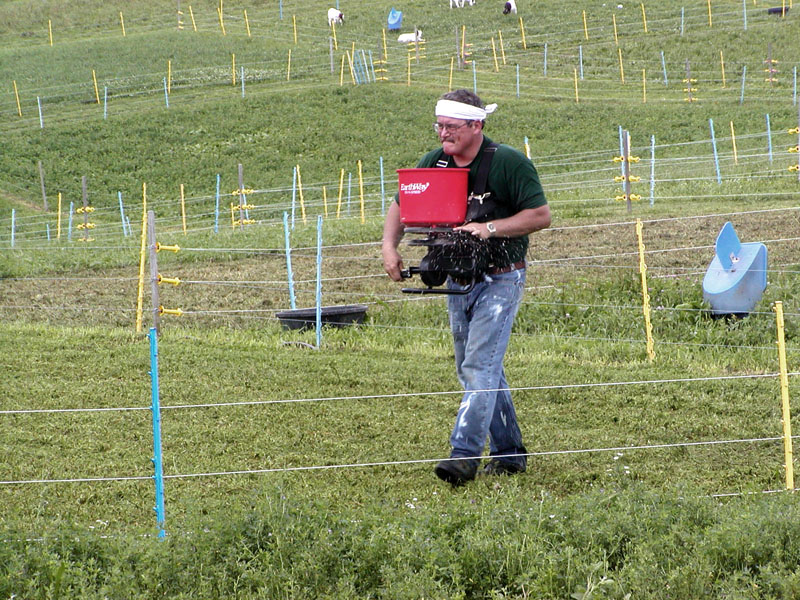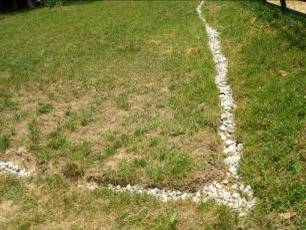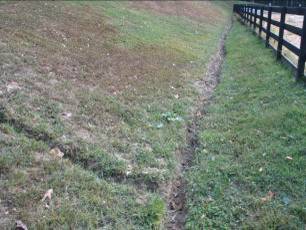by Willie Woode, Senior Conservation Specialist
If you think you’ve missed the opportunity to renovate your pasture this fall, don’t give up, there is another golden opportunity coming soon! You can try frost seeding in late winter and early spring.

Frost seeding involves broadcasting certain legume and cool-season grass seeds about the month of March. At this time of year, the soil surface is honey-combed with openings created by daily temperature fluctuations. During nightly freezing and daily thawing, seeds are pulled deep into the soil through these openings.
Though conventional seeding practices usually have higher rates of success, frost seeding is still worth considering, especially if your pasture is badly damaged or terribly over-grazed from the last growing season. Over-grazed or damaged pastures already have areas of bare soil which means better seedsoil contact for the broadcast seeds and a greater opportunity for success. Frost seeding is also less expensive than conventional practices and, if timed right and properly managed, can be an effective way to meet your pasture renovation goals.
Pastures with loam or clay soils and vegetated with bunch-type grasses such as orchard grass are good candidates for frost seeding. Pastures with sandy soils or sod-forming grass such as bluegrass are not as successfully renovated with this technique.
If you do decide to try frost seeding, here are a few tips to improve your success.
- Before frost seeding, prepare your pasture. Graze or mow the existing vegetation closely to reduce the existing layer of grass debris (thatch) and improve soil-seed contact.
- Select your seed carefully. Use improved (inoculated) clover and cool-season grass seed; the plants will be more vigorous, hardier and have longer life spans. Cool-season grasses vary in their ability to compete with frost-seeded legumes like clovers. Of the cool-season grasses, perennial ryegrass and orchard grass demonstrate the highest success rates using this technique.
- If you use a broadcast seeder, make sure to broadcast legume and grass seeds separately. Attempts to broadcast both seeds types together will result in poor seed dispersal due to differences in the sizes and densities of the seed. If possible, broadcast on shallow snow. The white background makes it easier to see the seed! A thick snow layer may displace seeds when it melts causing poor seed success.
- Carefully manage the renovated pasture during the first year. If you have obtained a soil test and didn’t apply the recommended plant nutrients in the fall, apply those nutrients in late April or early May. Omit the nitrogen component because the newly introduced legumes will provide a significant amount of nitrogen. If you don’t have information from a soil test and your pasture is not within a Chesapeake Bay Resource Protection Area (RPA), you can apply 40 lbs/acre of actual phosphorus (the equivalent of 90 lbs/acre of 0-46-0) to boost growth of the new vegetation.
Additionally, reduce competition for sunlight between your new seedlings and older plants; selectively mow the older plants or use controlled grazing. A closely managed rotational grazing system will contribute to the overall success of your renovated pasture.
With proper attention to site preparation, seed selection, seed application and maintenance, frost seeding can be a simple and successful technique for renovating your horse pasture!

A Fairfax Station horse pasture in need of renovation.

The same pasture 9 months after seeding. The renovated pasture is ready to support routine grazing.

